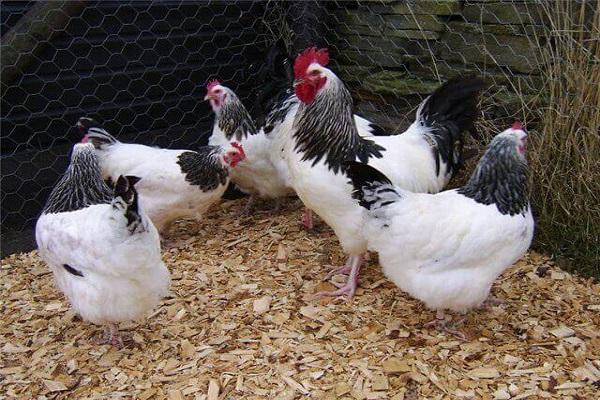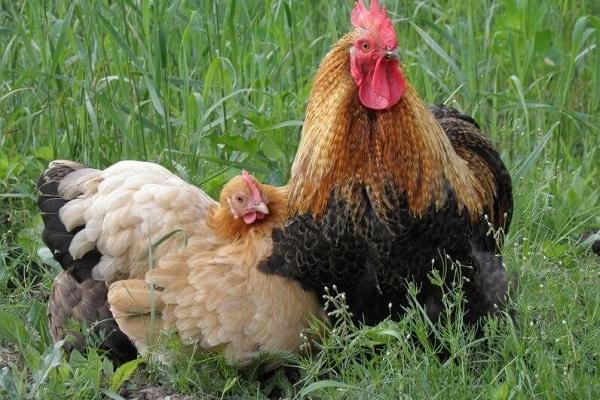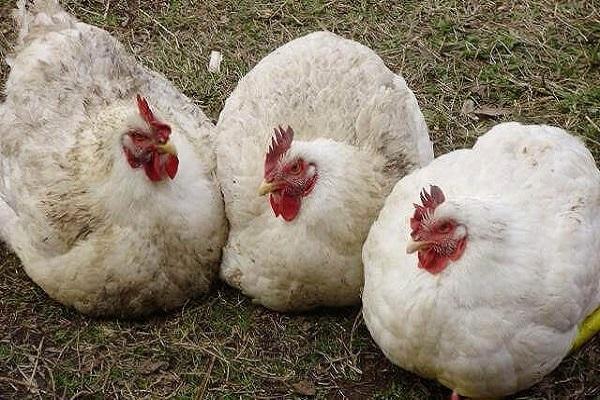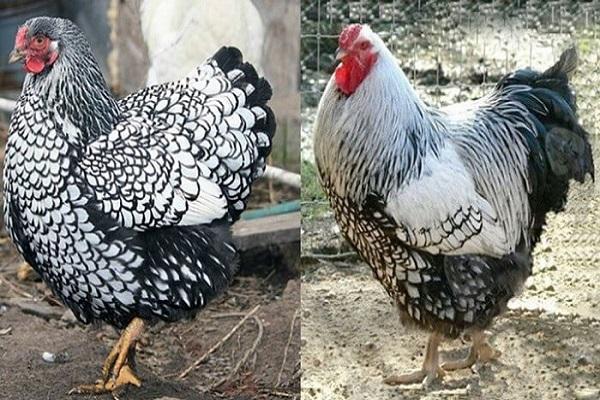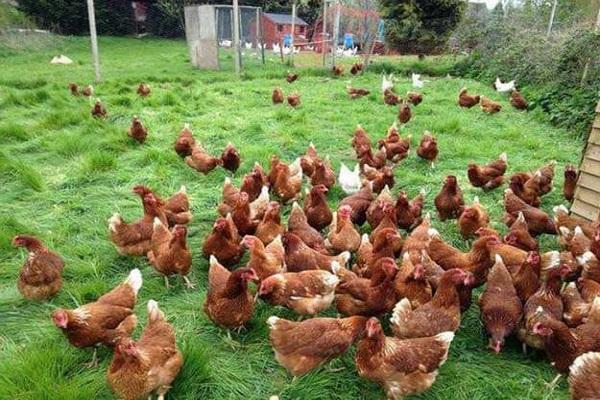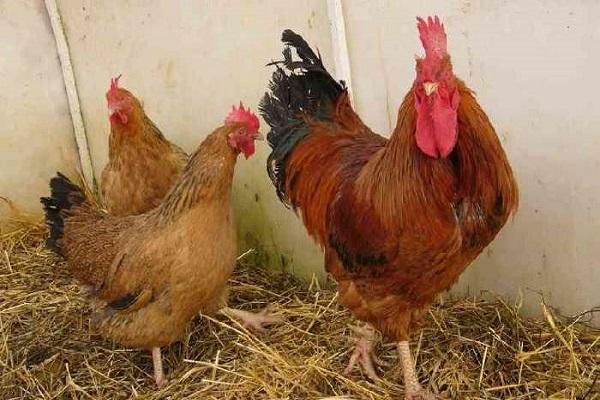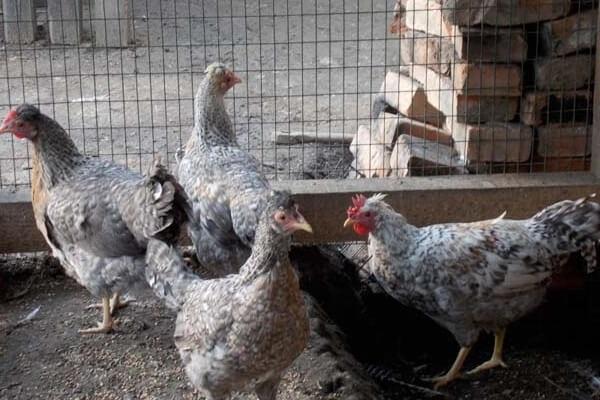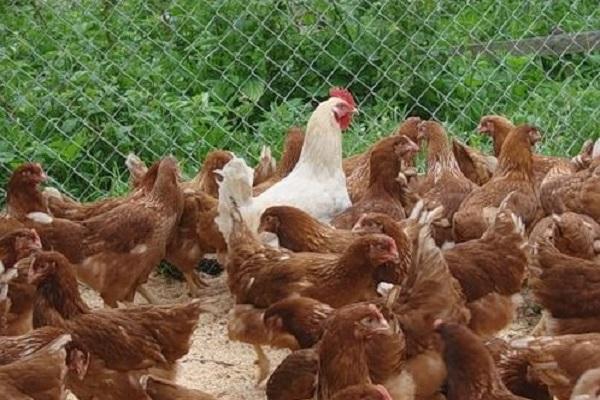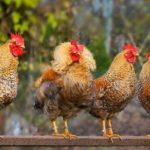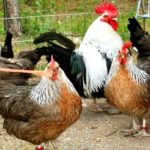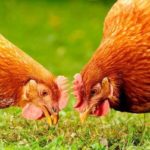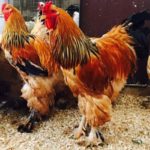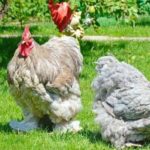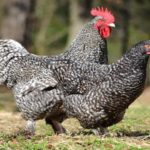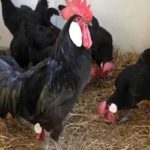Some owners of summer cottages or village residents decide to seriously engage in raising poultry. However, before you do this, you need to familiarize yourself with chicken crosses and select a suitable breed for further breeding and rearing.
What are cross chickens?
Before you start growing, you need to familiarize yourself with the characteristics of such birds.Crosses are a hybrid variety of chickens that were bred using several breeds. They are distinguished by their meatiness and high level of productivity. Therefore, they are most often raised in order to obtain a lot of meat for personal consumption or further sale.
How do you get it?
To understand in more detail what crosses are, you need to familiarize yourself with the process of their breeding. When creating such breeds, special livestock specialists are involved. First you need to choose one rooster. In this case, birds of highly productive breeds are used. They are crossed with chickens of other equally productive breeds. As a result, the resulting hybrids are re-crossed, but with a third breed of birds.
Advantages and disadvantages
Such birds have a number of advantages and disadvantages that must be dealt with in advance. The main advantages of such chickens include the following:
- high strength of egg placement due to the compactness of the chickens;
- unpretentiousness in care and maintenance;
- high level of productivity in hatching meat and eggs;
- chickens have a calm temperament, thanks to which it is possible to avoid fights in the chicken coop.
The main disadvantage of crosses is that after a month of growing they will have to be limited in food.
Which is better, breed or cross?
People who first started raising poultry do not know what is best to start. If chickens will be raised only for meat, it is better to buy crosses. They are considered the most meaty. It is better to use simple breeds for breeding and obtaining eggs..
Classification
The classification includes three main types of chickens that are grown in the agricultural sector.
Egg
Egg-bearing birds are bred by crossing Island Island breeds with other breeds of laying hens.In hens of the egg production direction, the egg shells are white with a slight brownish tint. Such birds have many advantages, including resistance to high temperatures and stress. Therefore, they are suitable for growing in chicken coops, which are often hot.
Meat
People who want to get a lot of meat should raise meat chickens. On average, two kilograms of feed yield more than 1,500 grams of meat. Meat birds must be kept on the floor in special cages. This is done so that they move less and constantly gain weight. Such chickens must be raised within forty days. During this time, the weight of one bird will increase to 2-3 kilograms.
Universal
Versatile birds that can be raised for both meat and eggs are popular. In addition to versatility, the advantages of chickens include their unpretentiousness to living conditions. They can be raised in hot or cool coops.
The main thing is that there is no high level of humidity and strong drafts in the room.
The best crosses
There are eleven varieties of crosses that are grown by many farmers.
Goloshennaya
This is an exotic variety of chickens that look like turkeys. They have few feathers, but despite this, they survive even in harsh conditions. A distinctive feature from other chickens is the lack of feathering on the neck. The tail of such birds is not very long, but at the same time voluminous. The beak has a curved shape, its surface is painted scarlet. The wings of bare-necked chickens are adjacent to the body.
Wyandotte
These are calm and hardy chickens that can have a variety of plumage.However, the most common are individuals with black and white feathers. The body of adult birds is compact and has a rounded shape. The combed lobes on the head are painted bright red. The tail is small, covered with large feathers. Among the advantages of Wyandottes is that they lay eggs well and constantly take care of new offspring.
Bresgalskaya
Lovers of tender meat should consider raising Bresgal chickens. They are grown for one and a half months. During this time, they increase their mass to 3-5 kilograms. Also, such crosses can be classified as laying hens, as they are capable of laying large eggs. The birds have snow-white plumage, the comb is colored red.
Loman Brown
These chickens cannot be called meat chickens, as they grow slowly. At the same time, adult birds have a compact body and light weight. Many farmers breed Loman Brown for eggs.
The chickens have dense plumage, the feathers are painted white or ashy. The wings are small, the legs are elongated and feathered.
Eggs obtained during the growing process of Loman Brown have a dense shell.
Bielefelder
These are common productive chickens that were bred in Germany. The distinctive features of Bielefelders include their resistance to frost, egg production and calm temperament. Chickens have an unusual coloring, as their feathers can be colored both golden and black at the same time. Red color is most common among roosters. This breed is an egg-laying breed and is therefore rarely raised for meat.
Kuchinskaya
This breed is considered the most meaty, and therefore it is better to breed it to obtain meat. The plumage of Kuchinsky birds is gray, sometimes reddish dots are noticeable on the feathers.Hens' wings are light and stand out against the background of the body, while roosters' wings are darker. Also Kuchin chickens lay well, 200-250 eggs per year. At the same time, they begin to lay eggs early, in the sixth month of life.
Master Gray
This is a French breed of chickens, which belongs to the universal varieties of crosses. The feathers of birds are colored grayish with a white tint. Most often, such birds are raised on small farms to produce eggs and meat. Their body is large, with fluffy plumage. The feathers located on the wings sometimes have small patterns. The main disadvantage of Master Gray is that it is not possible to get new offspring at home.
Legbar
This is a rare breed of chickens that is not found in agriculture as often as others. These birds look very funny, they have small legs and a round body. Their crest and crest are painted bright red. The feathers on the body are thick and dense. Most often they are ash-colored with a creamy tint.
Legbar is raised for its meat. Each adult weighs at least three kilograms.
Hungarian giant
This breed received this name due to the rapid growth of the birds. Also, the features of these chickens include tasty meat, ease of raising and the ability to lay a lot of eggs. The birds have an elongated and elongated neck with a small head. On the top of her head there is a red crest. The hens have lush plumage; there are feathers not only on the body, but also on the legs.
Brown Nick
People who are interested in egg-laying crosses can raise this breed of bird in a chicken coop. They can be fed almost any food, as they are omnivores. They begin to lay eggs at the age of five months and finish after a year and a half.They can be grown both in spacious chicken coops and in compact cages. They do not require special conditions and tolerate heat and low temperatures well..
Conclusion
Many beginning farmers want to grow crosses. Before breeding such birds in a chicken coop, you need to familiarize yourself with their classification, advantages, disadvantages, as well as the characteristics of their breeds.

